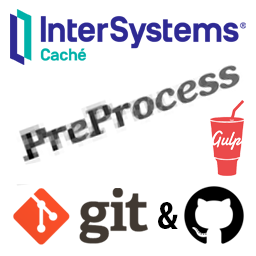So, one day you're working away at WidgetsDirect, the leading supplier of widget and widget accessories, when your boss asks you to develop the new customer facing portal to allow the client base to access the next generation of Widgets..... and he wants you to use Angular 1.x to read into the department's Caché server.
There's only one problem: You've never used Angular, and don't know how to make it talk to Caché.
This guide is going to walk through the process of setting up a full Angular stack which communicates with a Caché backend using JSON over REST.


